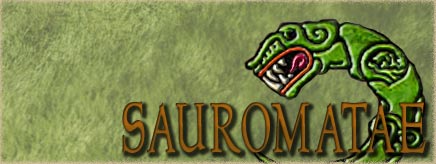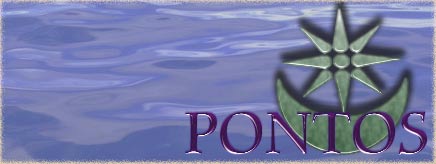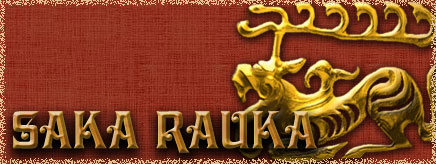The four divisions into which the Celtiberians have been separated, the most powerful, generally speaking, are the Arvacans (Strabo 3.4.13)
When the news of the Iberian victory became known, the Arevaci, considering themselves far superior to the Iberians, made light of the enemy, and the people in their assembly, when they elected to enter the war against the Romans, acted chiefly for this reason. (Diodorus Siculus 31.42)
What are your feelings about a possible celtiberian faction in EBII?
Origins
Herodotus gave somewhat confusing references of Celts in Iberia during the mid-fifth century, but in the second century the words Celtiberi or Celtiberes appeared with increasing frequency.
One of the current theories about the "Arrival" in the peninsula proposes the existance of a proto-celtic culture, whose élite gradually developed influenced by the Atlantic Bronze Age trading system and later by contacts with the Mediterranean one.
This view gives some interesting similarities to the emergence of the La Tène culture.
Culture as Archaeology transmitted
Stretching from the southern flank of the Ebro valley to the eastern Meseta, layed the Celtiberian homeland. Bordering with the Urnfield culture to the north, with the Iberians to the east and south and with the Atlantic communities to the west.
In the harshness of the territory developed a pastoral economy of transhumance, allowing a gradual increase in population. This new warrior-based society started to adopt customs from the near cultures: urned cremation from the north-east; geometric painted pottery, two-part springed fibulae and belt hooks from the Tartessians to the south-east.
While the short antennae-hilted iron swords was specific of the celtiberian area.
With increasing mediterranean contacts, by the fourth century, the Celtiberians started to use the rotary querns and the potter's wheel.
Their script derived from Iberian and by the third century large oppida-like settlements developped.
Through gift exchange with the communities north of the Pyrenees some La Tène artefacts flowed in, but torcs and horse-and-rider fibulae were distinctively celtiberian in style.
Celtiberian Expansion
Thanks to the distribution of place names with the suffix -briga or the prefix Seg- can be traced the extent to which the celtic language was spoken.
The ethnic group names rather than tribal ones indicate that the celtiberian expansion was the result of military élites taking power over the pheripheral tribes. Beyond this zone, determined by modern Extremadura and Castile-León, raids where conducted against the Iberians.





_01.jpg/180px-F%C3%ADbula_celt%C3%ADbera_de_Lancia_(M.A.N._22925)_01.jpg)






 Reply With Quote
Reply With Quote
Bookmarks